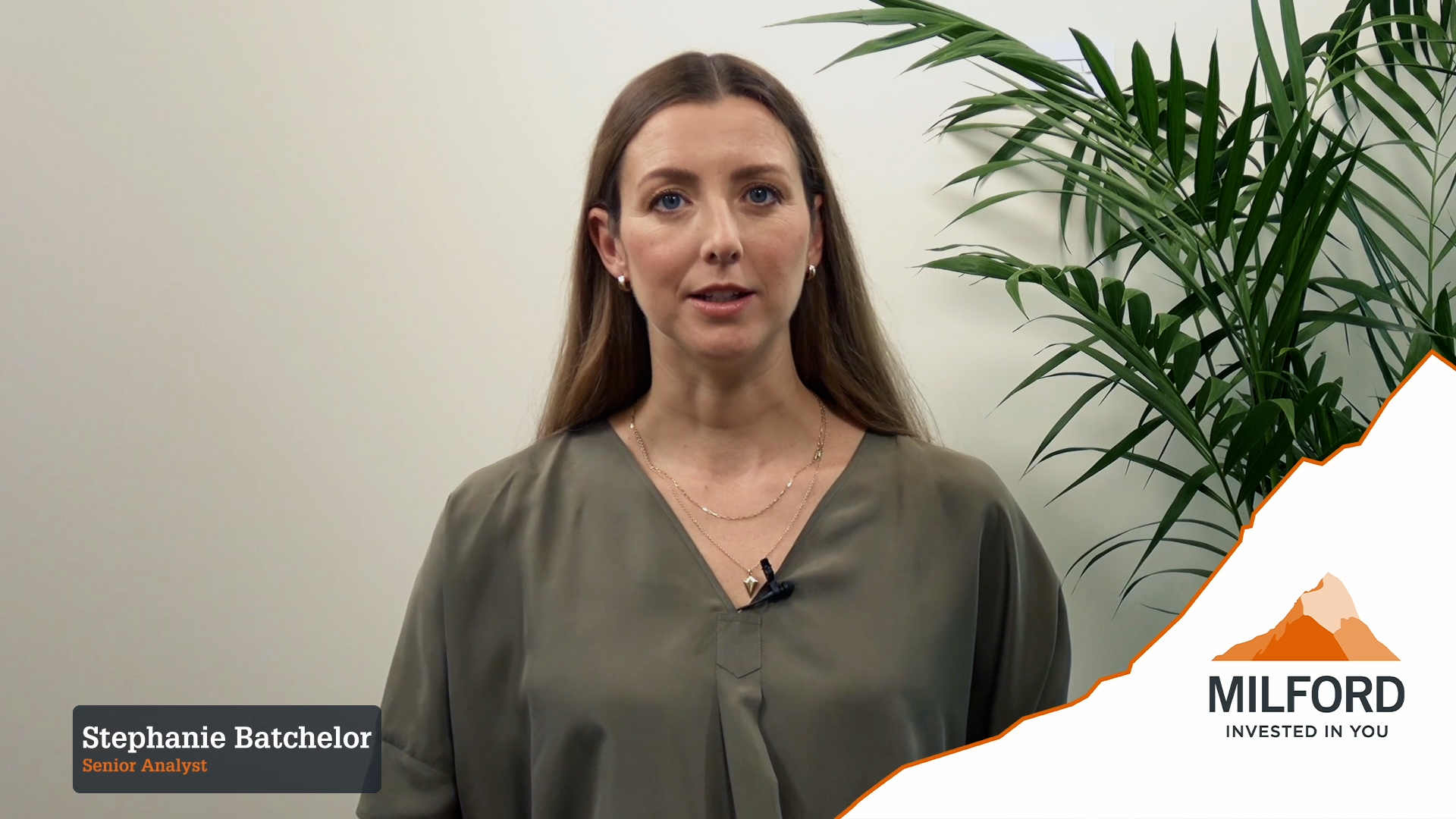You’ve probably heard the old investment saying, “don’t put all of your eggs in one basket”. But what does this mean and how does it relate to your KiwiSaver investment?
What is diversification?
Diversification is spreading your money (or ‘eggs’) across different types of assets such as shares, bonds, property and cash (or ‘baskets’). Different assets rise and fall at different times. Spreading your money across a number of companies and assets can reduce your risk. If one investment performs poorly, others might do well. Managed funds, like your KiwiSaver Fund are an easy way to achieve diversification within your portfolio.
Your KiwiSaver investment is likely to have exposure to some, if not all of the following assets: cash, fixed interest (bonds) and equities (shares). It could also have exposure to alternative assets such as private equity. These assets will be further diversified across different industry sectors and geographic markets.
Diversification reduces your risk
History shows that a well-diversified portfolio spread across many different asset types and geographic regions, will generally experience lower volatility, or fluctuations in value, because the different asset classes tend to behave differently during different stages of the economic and market cycle. This helps smooth out the peaks and troughs of investment returns over time.
Having investments in only one or a few of these asset classes, particularly the more speculative ones, could give investors a sense of euphoria when markets favour those assets. But also, sleepless nights in times when those assets are falling.
Active fund management
Trusting the Milford KiwiSaver Plan to manage this diversification for you can help you to get on track and achieve your desired retirement goals. We adopt an active management approach, our investment team is nimble and make adjustments along the way. This includes looking to tilt your fund towards asset classes with favourable tailwinds, or away from asset classes that potentially may incur unfavourable headwinds.
The key decision for you, the investor, is to choose the appropriate fund that suits your tolerance to risk and investment time horizon whilst trying to achieve your KiwiSaver goal. The Milford KiwiSaver Plan offers advice to help members identify the right fund for you to help achieve your KiwiSaver goal.*
If you’d like to speak with a Milford KiwiSaver Plan Financial Adviser you can request contact by emailing: [email protected]
Alternatively, if you’d like to use our Milford KiwiSaver Plan Digital Advice Tool you can access this through the “Tools and Calculators” menu in the Milford Client Portal.


